The Pride of Chicago: A Conversation with Kevin Bell, President and CEO of the Lincoln Park Zoo
- Grayson Ponti
- Jan 5, 2018
- 10 min read
For the past twenty five years, Kevin Bell has served as President and CEO of the Lincoln Park Zoo, a 35-acre free zoo located in urban Chicago. Bell's vision and leadership has been credited with revitalizing the zoo and making it a leader in research, animal welfare, education and conservation. He has also been a leader in the broader zoo profession by serving as Chair of the Board of the Directors of the Association of Zoos and Aquariums and on the Council for the World Association of Zoos and Aquariums. Here is his story.

@ Lincoln Park Zoo
Kevin Bell not only loved zoos as a kid; he literally grew up at one. “My father was head bird keeper at the Bronx Zoo and my uncle was also a keeper,” he remembered. “In 1957, my dad moved my family onto the zoo grounds and I actually grew up at the Bronx Zoo until I went to college. We lived right behind the Reptile House.” This gave Bell a rare opportunity to get exposed to the inner workings of a large zoo at a young age. “The neat thing about growing up at the Bronx Zoo, I was not only surrounded by animals and did animal related chores like taking care of baby birds and checking incubators but I was also surrounded by very remarkable people at an early age [like] Bill Conway, William Beebe and Lee Crandell,” Bell said. “I saw them a lot and got a chance to work with them.”

Julie Larsen Maher @ WCS
After going off to study at Syracuse University in 1970, Bell would spend his summers as an animal keeper at the Bronx Zoo. Even though his main interest was birds, he could not work in the bird department as his father was head of the department. “I spent an entire summer raising two male gorillas at the Great Ape House who were abandoned by their mom,” Bell recalled. “I worked in World of Darkness, small mammal, hoofstock [and so forth.] It was a great experience to get exposed to a lot of different species.” After finishing college, he went on to get a masters in zoology at the State University of New York. “My master’s project was working with Steve Kress, who worked with Audubon and was part of the Puffin Recovery Program off the coast of Maine,” Bell said. “We brought chicks down to the cost of Maine and studied their behavior, which became my master’s thesis.”

@ WCS
In 1976, Kevin Bell got a call from Dr. Lester Fisher, Director of Lincoln Park Zoo. He was looking for a Curator of Birds and offered him the job. “My professors allowed me to complete my master’s while working at Lincoln Park Zoo,” Bell remarked. “The zoo was very, very small and, since there were so few of us, I got to work with a lot of different animals. I spent eighteen years in that role. [During that time,] I did a lot of fieldwork in Iceland with puffins and traveled to Indonesia to help reestablish the Bali mynah.”

@ Lincoln Park Zoo
“In 1992, Dr. Fisher announced he was going to retire and the search firm asked me to apply for the director job,” Bell elaborated. “I said I was not interested as I loved the work I was doing as a curator. Since my dad was a curator, I grew up with idea that being a curator was the best job you could have at the zoo. Someone else was hired but he only stayed 12 months. When he left in 1993, I was actually looking at other positions as I was being to feel it maybe wasn’t the right decision for me to stay at Lincoln Park Zoo. The zoo society approached me and asked if I would be interested in applying for the job. I said I would and literally within a month or so started as zoo director.” Kevin Bell has led Lincoln Park Zoo ever since.
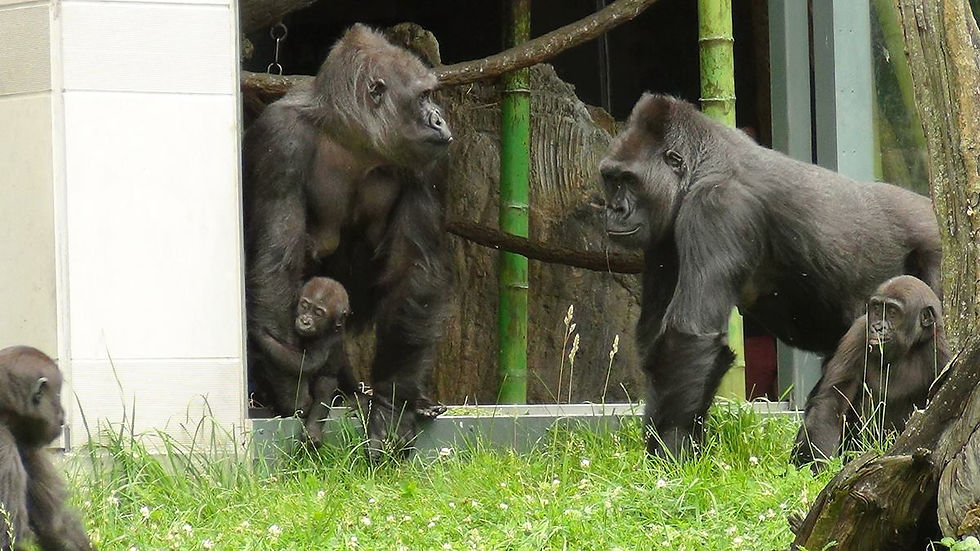
@ Lincoln Park Zoo
Soon after, the zoo’s management structure completely changed. “A month after I became director, we were approached by the City of Chicago to privatize Lincoln Park Zoo,” explained. “It was one of the most important things that ever happened to the zoo in its history. This meant transferring administration from the city to the zoo society and [the management of the zoo] got merged into one. I had no idea what to do as I was an animal person, not a business person, but I quickly learned. On January 1, 1995, we privatized and the zoo society president went away. I became President & CEO of the entire operation.”

@ Lincoln Park Zoo
“That allowed us- since the park district and city were more focused on the visitor experience than conservation, science and education- to be able to think how we strategically wanted to position the zoo in the Chicago community,” Bell continued. “Because of my background with the New York Zoological Society (now the Wildlife Conservation Society), I had a strong passion for conservation and community engagement. I outsourced a lot of the zoo departments to simplify the tasks in the beginning. We had outside groups do maintenance and facilities until we could learn how to do them and bring them back in house.”
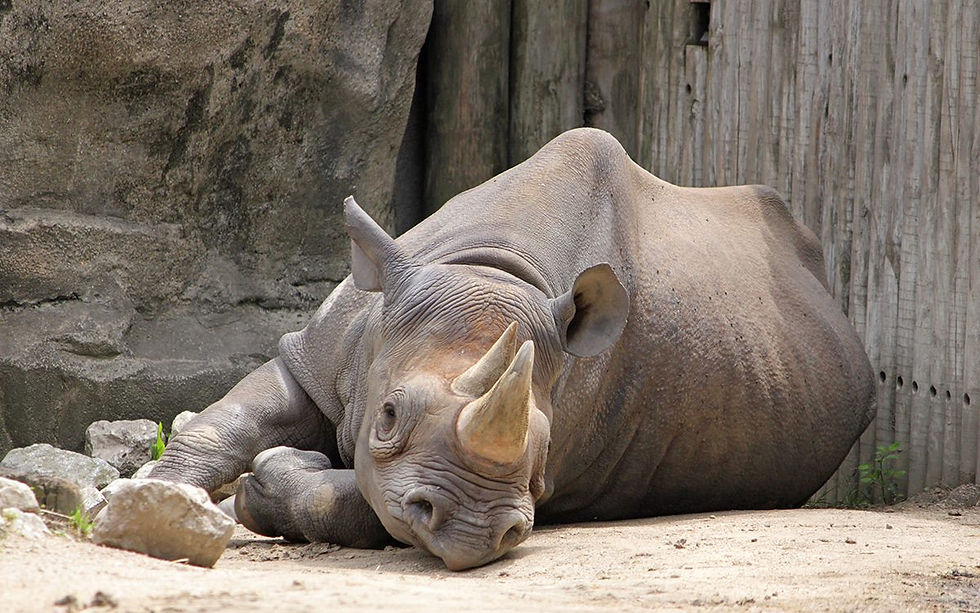
@ Lincoln Park Zoo
One of the first things the newly privatized zoo did was start the Conservation and Science department, now one of the premier conservation programs at any zoo worldwide. “We started in 1995 with two people in conservation and science,” Kevin Bell remarked. “We got Steve Thompson, Ph.D., who came from Smithsonian. We developed a long-term plan for growing our conservation and science program by doing more field biology and really getting into science and research that supports conservation. We’ve developed centers for excellence including the Urban Wildlife Institute and the Lester E. Fisher Center for the Study and Conservation of Apes.”

@ Lincoln Park Zoo
A major focus of Lincoln Park Zoo has been conservation for great apes, appropriate since the zoo has long been known for its ample success managing and breeding gorillas and chimpanzees. “ChimpCAE is one of the biggest projects we do,” Bell said. “We also have Dave Morgan, Ph.D. on site in the Goualougo Triangle in the Republic of the Congo researching great apes (chimpanzees and gorillas). His program won an Association of Zoos and Aquariums (AZA) award.” More broadly, the zoo has worked on several population and conservation issues. “We were always strong in population biology so the Population Management Center (PMC) for the AZA is stationed here at Lincoln Park Zoo,” Bell commented. “What started this off was the Davee Center of Endocrinology and Epidemiology, one of the first gifts from the foundation. We were the first zoo to have a full-time epidemiologist. We got a lot of [positive public relations] from that and it fueled the foundation that supported this work and funded these other conservation centers.”
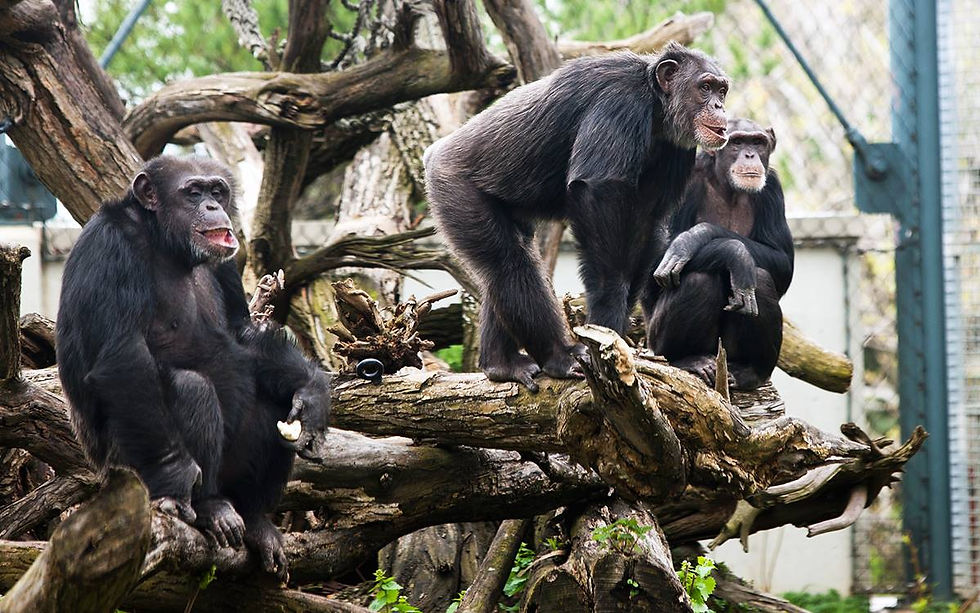
@ Lincoln Park Zoo

@ Lincoln Park Zoo
“We now have between 40 and 45 full-time staff working in the Conservation and Science department,” Bell concluded. “We have the Urban Wildlife Institute which studies emerging conflicts between native animals and urban places. We want to build cities where places are built for both animals and people. We also do a lot of science on zoo populations and field work in Africa.”

@ Lincoln Park Zoo
Another priority of Lincoln Park Zoo has been community engagement. “We started with on-grounds education programming,” Kevin Bell elaborated. “In the last couple of years, our focus has been working with the communities of Chicago. [For instance] we’re currently doing an art project with Little Village. Our goal is to go to other communities and continue this cycle to bring science projects into the community and help children learn more about the animals they’re sharing spaces with.” With more than 3.6 million visitors a year, Lincoln Park Zoo has taken full advantage of its booming attendance and Chicago location to tell the story of saving species and coexisting with nature.

@ Lincoln Park Zoo
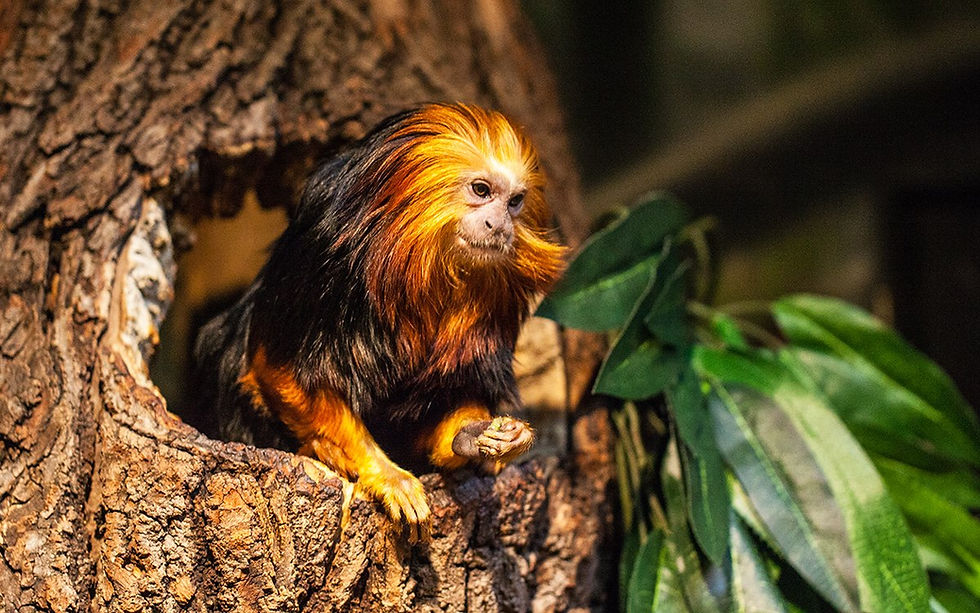
@ Lincoln Park Zoo
Lincoln Park Zoo is also a leader in animal welfare in zoos. “Our Executive Vice President Megan Ross, Ph.D., developed ZooMonitor, which is a simple way of monitoring animal behavior and conditioning to determine positive animal welfare,” Bell mentioned. The zoo is also committed to the wellbeing of plants. “We brought horticulture into our management programs,” Bell said. “We treat plants like we treat animals in terms of developing long-term plans and conservation missions.”

Over the course of Kevin Bell’s career in Chicago, Lincoln Park Zoo has undergone five capital campaigns. “The first capital campaign was the Make a Great Zoo Greater campaign and focused on a new great ape house and an animal hospital,” he elaborated. “Then we went on to do the Landmark campaign to redo the old buildings like the Kovler Lion House, McCormick Bird House and Helen Branch Primate House. Next, we did the Heart of the Zoo campaign, which focused on projects at the middle of the zoo such as the Pritzker Family Children’s Zoo and Kovler Sea Lion Pool (now Kovler Seal Pool). My Kind of a Zoo looked at Regenstein African Journey (the most immersive exhibit we’ve done with one geographic region) and the Regenstein Center for African Apes.”

@ Lincoln Park Zoo

@ Lincoln Park Zoo
Between capital campaigns, Lincoln Park Zoo embarked on a new kind of experience. “We took over a park lagoon and converted it into Nature Boardwalk,” Bell noted. “That took 14 acres of glass and concrete and turned it into a nature area. We completely drained the lagoon and created a nature center for kids in Chicago to use to learn about ecology. The boardwalk is all made out of recycled plastic.”
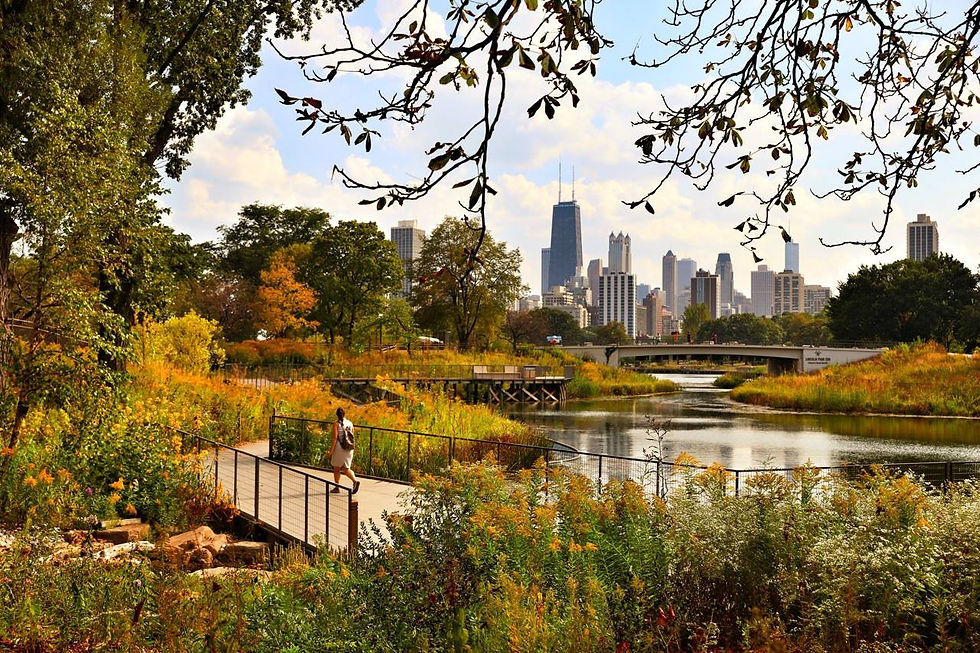
@ Lincoln Park Zoo
Lincoln Park Zoo’s latest capital campaign is The Pride of Chicago, which focuses on year-round exhibits. Additionally, all the funds for the capital campaign have been raised by the zoo. “We wanted to increase visitorship over the winter months,” Kevin Bell elaborated. “We built Regenstein Macaque Forest as snow monkeys are great exhibit animals during the summer and winter. You can watch cognition with the macaques. It’s a great experience for the public as the animals come up close to you behind the glass."

@ Lincoln Park Zoo

@ Lincoln Park Zoo
“Last year, we did opened Robert and Mayari Pritzker Penguin Cove, an outdoor exhibit for African penguins,” Bell continued. “We used to have a Seabird House for cold-weather penguins but wanted to do something energy efficient and created a habitat for temperate penguins instead. African penguins are also endangered and need a lot of help. A month later, we opened Walter Family Arctic Tundra, a very large polar bear exhibit built to Manitoba standards. It almost tripled the amount of space for the bears and has ice caves. We also opened our second education building where our conservation ambassador kids work. It’s a very high tech building where kids help create programs for other kids.”
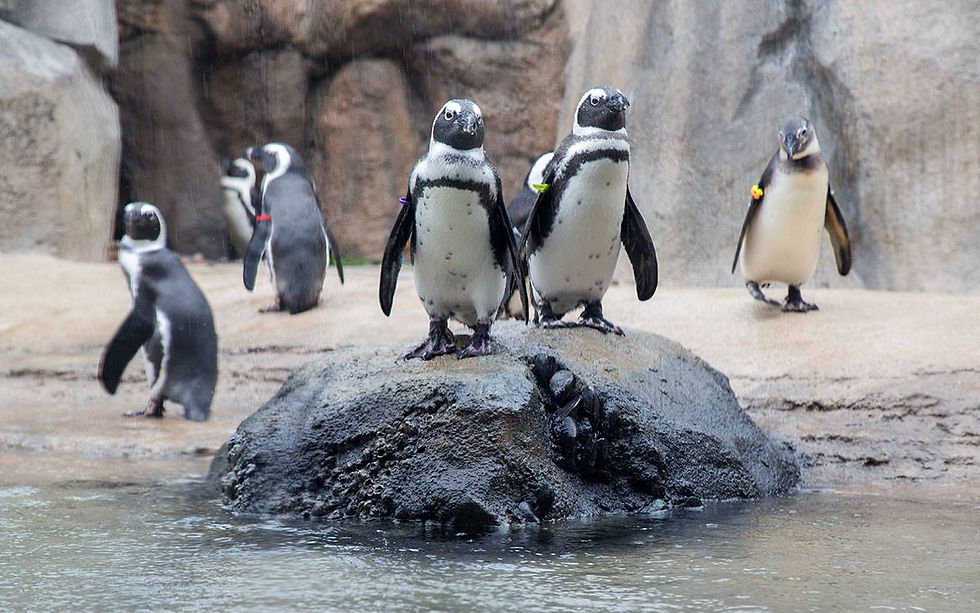
@ Lincoln Park Zoo

@ Lincoln Park Zoo
The last two projects of The Pride of Chicago campaign will be a new Visitor Center and a complete reimagining of the Kovler Lion House. “The Lion House is the most historic building with landmark status, so we have so we have to preserve some features of the building but we’ll create a much better lion exhibit,” Kevin Bell stated. “There will be a large multipurpose room where we can have board meetings with views out to the habitat. On the inside, we’re eliminating the single cable exhibits on the south side and turning it into glass. There’s going to be an overhand area with radiating heat, hot rocks and climate control for the lions to stay warm and get shelter. It’s going to be a beautiful habitat.” Further into the future, the Lincoln Park Zoo is considering turning its antelope and zebra yards into an indoor/outdoor Asian exhibit.

@ Lincoln Park Zoo
On top of his accomplishments at Lincoln Park Zoo, Bell has served as an important leader in the profession by serving on the board of the AZA twice and on the council of the World Association of Zoos and Aquariums (WAZA). He even served as Chair of the AZA. “While chair, we did the first strategic plan for the organization,” Bell claimed. “We started over from scratch to create a very good and usable strategic plan for the future. I feel very good about that year from that perspective. We also looked at ways we could grow AZA by getting donors involved and looking outside the box.”

@ Lincoln Park Zoo

@ Lincoln Park Zoo
Kevin Bell expressed great pride in Lincoln Park Zoo. “I think the fact we’re free and do that for the community is special,” he reflected. “We’re a very diverse community and are accessible to everyone. People can take a bus, walk around and see the animals without costing a dime. They can bring their own lunch with them. The city takes a lot of pride in having one of the better zoos in the world for free. There’s not too many small urban zoos that have the opportunity to have a big impact on conservation, science and education but we’ve really capitalized on that. We’re always building our programs with our exhibits. The design is about animal care but the conservation, science and education teams work together on exhibits so we can not only take care of things on the welfare side but also tell stories about animals. I’ve been here nearly 42 years and seen this zoo grow and grow and become a leader in the profession.”

@ Lincoln Park Zoo
“The thing about Lincoln Park Zoo is we’re sharing- cities are asking to be part of our urban wildlife program, the Urban Wildlife Information Network,” Bell elaborated. “Zoos give us money to give money to Dave Morgan and others. We built this zoo from a recreation facility into a place that’s really heavily involved in science, education and conservation. Building the buildings has been great- my two favorites being Regeinsten Macaque Forest and Nature Boardwalk. I see Nature Boardwalk used a lot by the city of Chicago and it’s very unique to have a nature center in the middle of a city. Regenstein Macaque Forest has great stories and shows our conservation and science work being done.”
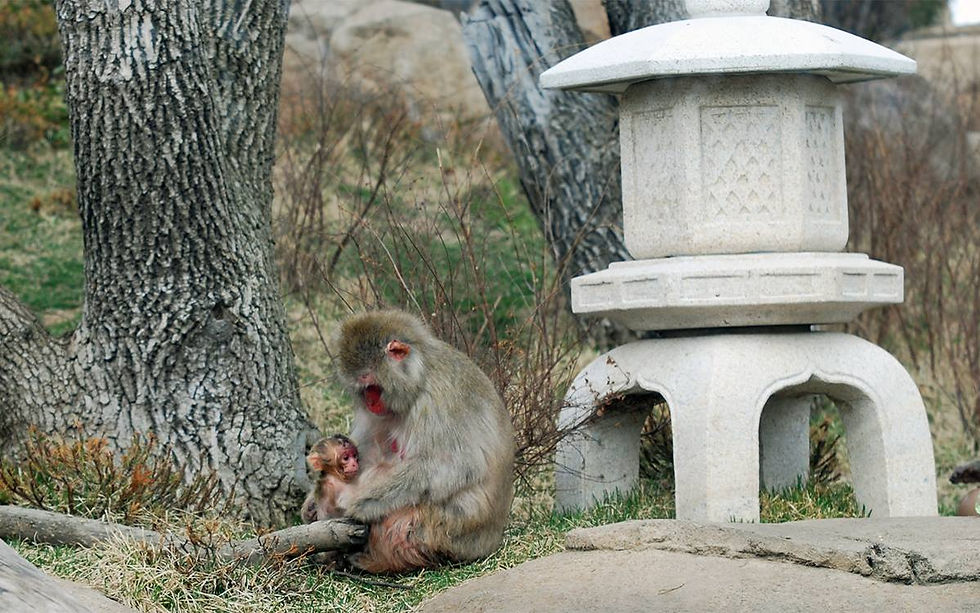
@ Lincoln Park Zoo
“What you’re seeing now is zoos having a tremendous role in conservation,” Kevin Bell concluded. “We need to partner together rather than just do individual projects. Younger people are much more concerned about animal welfare so we need to talk about animal welfare. Going forward you’ll be seeing more about how we’re promoting positive animal welfare. I’d like to see us eliminate bad zoos. We’ll help zoos who want to be top of the game but non-accredited roadside zoos with poor welfare need to go.”

@ Lincoln Park Zoo



